A lacework of marble over Milan
Ambition, devotion and craft raised a forest of spires crowned by the golden Madonnina.
Table of Contents
Origins and foundations
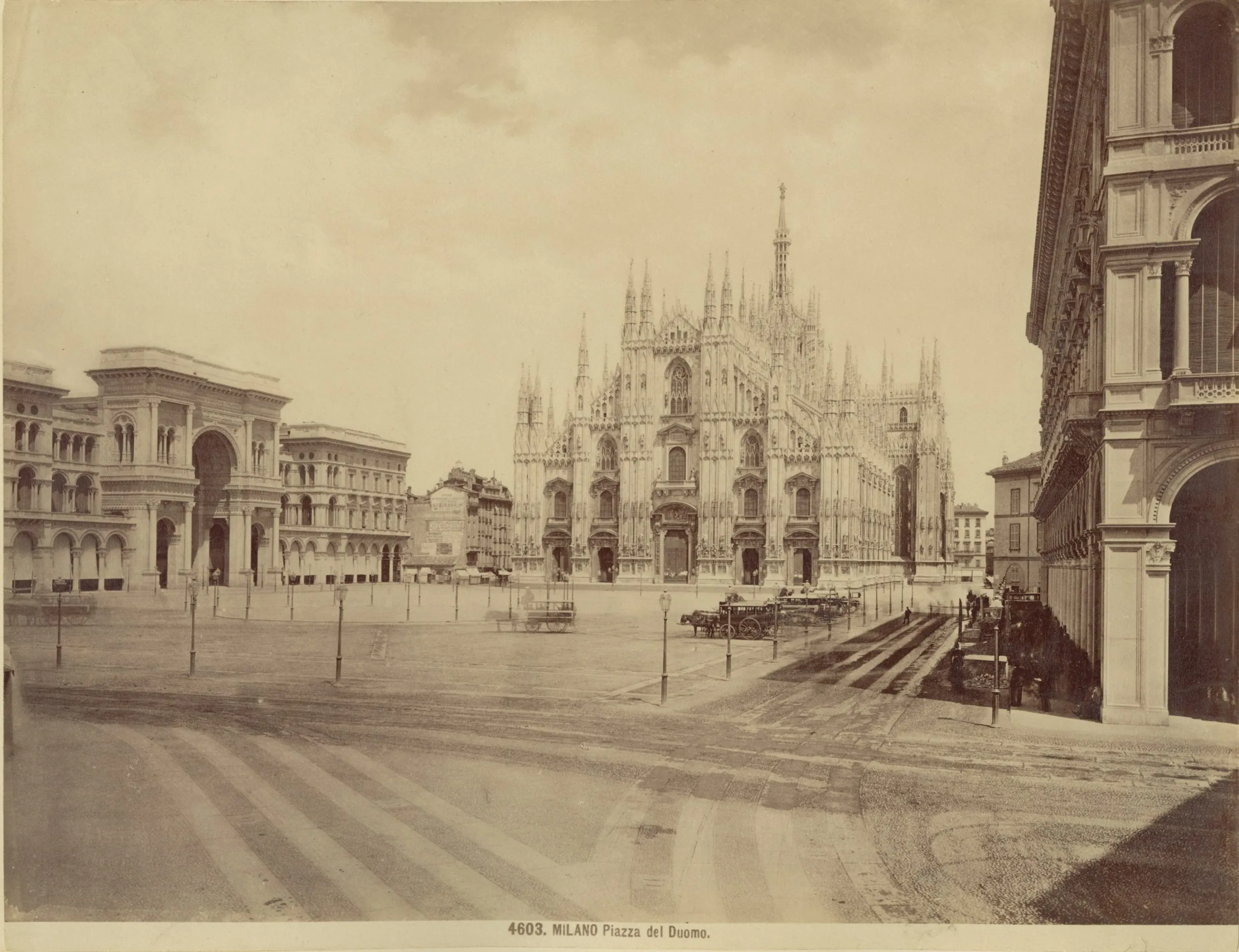
Built over earlier churches and a Roman baptistery, the Duomo began in the late 14th century as Milan embraced a grand Gothic vision.
Local rulers, guilds and the Veneranda Fabbrica coordinated funding and craft, setting a long tradition of stewardship.
Gothic vision and materials
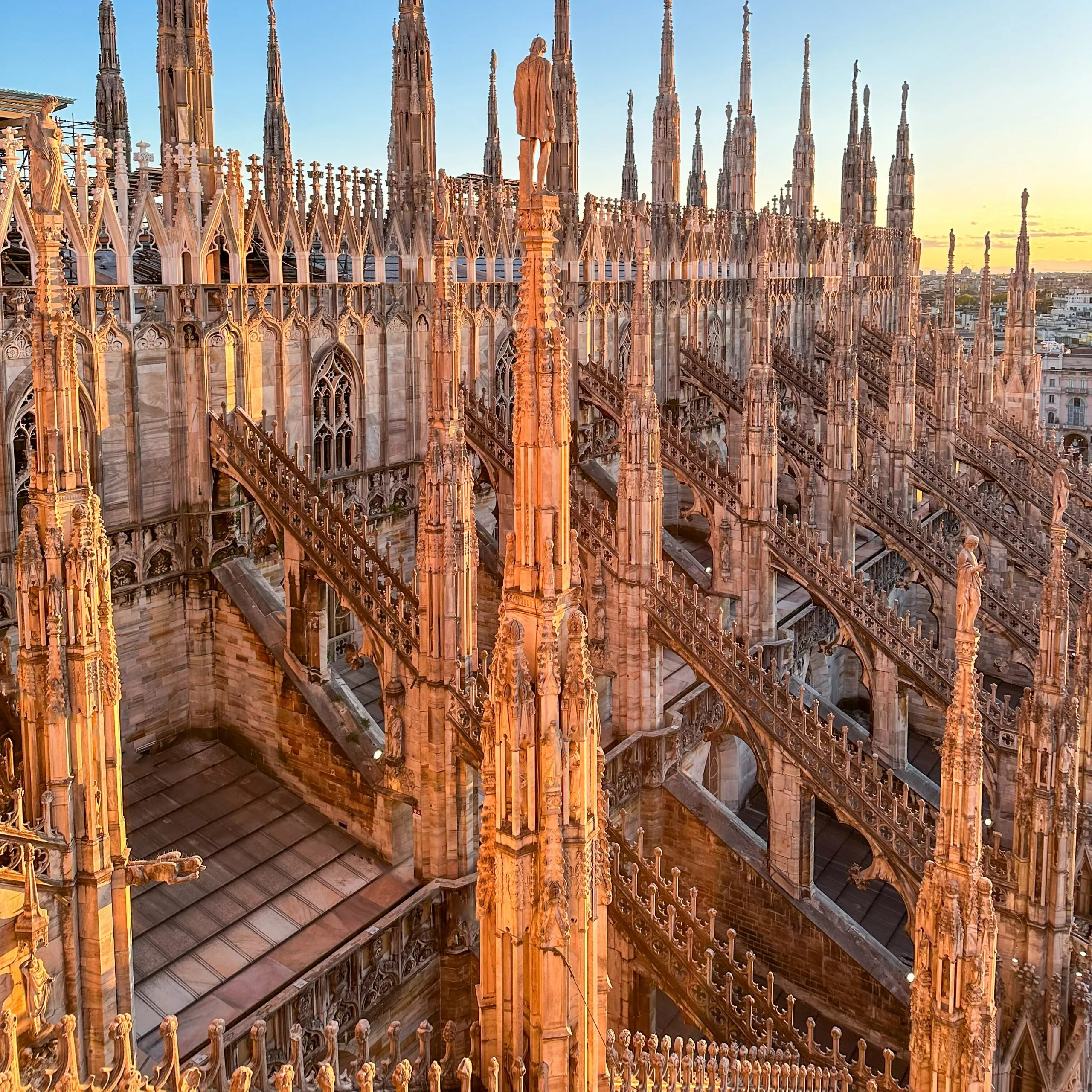
Pointed arches, ribbed vaults and a forest of pinnacles define the style, carved in distinctive Candoglia marble.
Imported via canals from quarries near Lake Maggiore, the marble’s tones shift with light, giving the Duomo its glow.
Centuries of construction
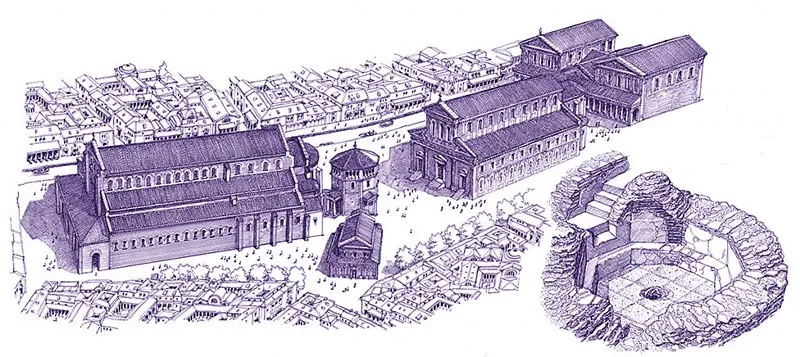
Work spanned centuries, with evolving tastes and techniques. Generations of stonemasons refined details and structure.
Rather than a single moment of completion, the Duomo matured through continuous care and periodic milestones.
Façade, Napoleon and the 19th century
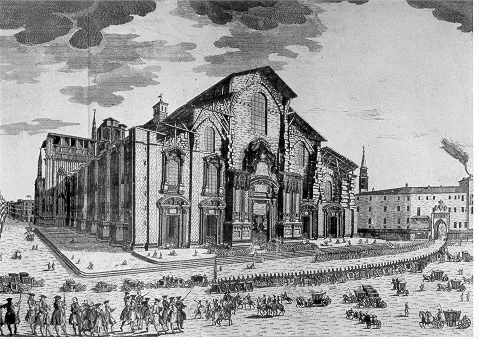
Napoleon’s era spurred progress on the façade, aligning medieval intentions with 19th‑century completion efforts.
Restoration and refinement continued, balancing consistency with the realities of long timelines and changing tastes.
Rooftop terraces and spires
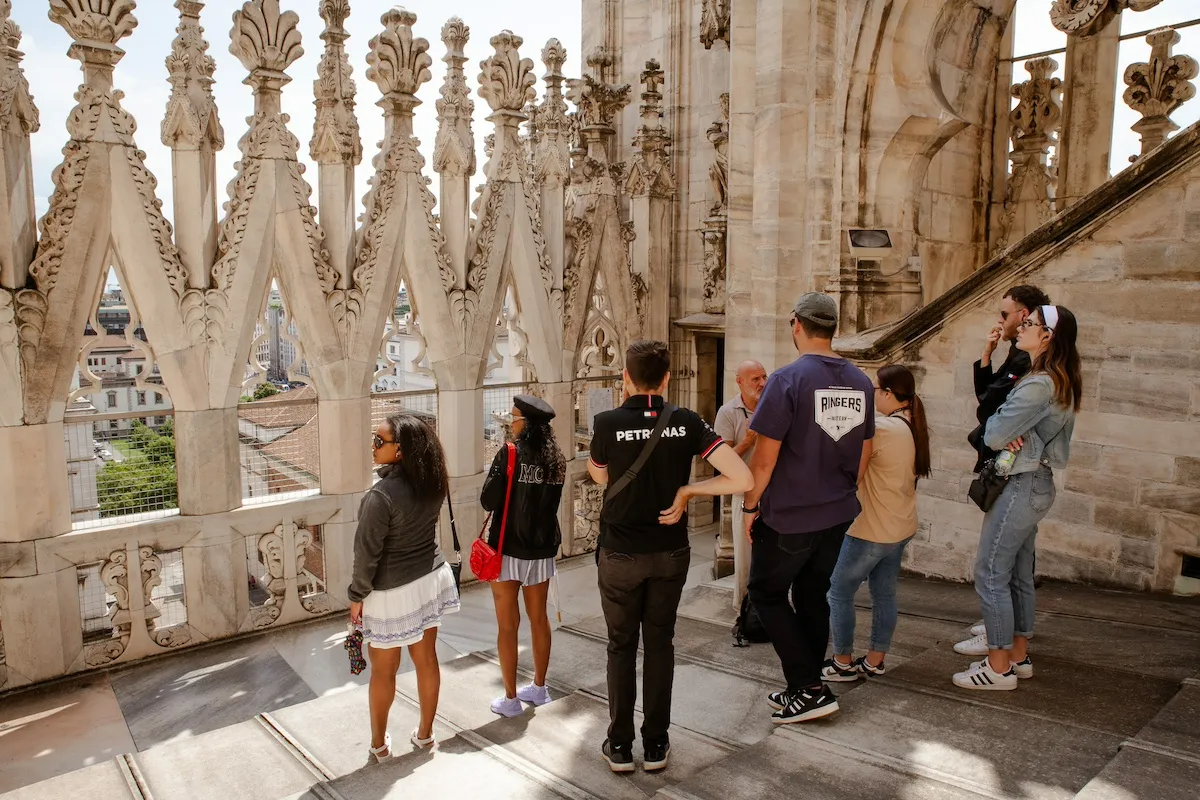
The terraces let you walk among flying buttresses, pinnacles and statues—rare access to Gothic architecture up close.
On clear days, views stretch toward the Alps. The golden Madonnina watches over the city from the highest spire.
Operations, safety and restoration

Regular inspections, careful cleaning and stone replacement keep the structure safe and its carvings legible.
Weathering and pollution require ongoing work, guided by conservation best practices and tradition.
Accessibility and inclusion

Step‑free routes, staff assistance and lifts to the terraces (when operating) make much of the site accessible.
Clear signage and assistance support families, seniors and visitors with different needs.
Sustainability and urban context

A transit‑rich location reduces car use; most visitors arrive by metro, tram or on foot.
Care for heritage materials and efficient systems guide operations amid Milan’s busy center.
Symbols, art and the Madonnina

The Madonnina crowns the highest spire, a beloved symbol. Inside, windows and sculptures narrate faith and city history.
Art and ritual intertwine—beauty supports devotion and civic identity.
Planning a historically aware visit

Dress respectfully, plan extra time for the terraces and consider the Archaeological Area for context.
Check for services and events that may affect access—quiet moments add to the experience.
Piazza del Duomo and civic life
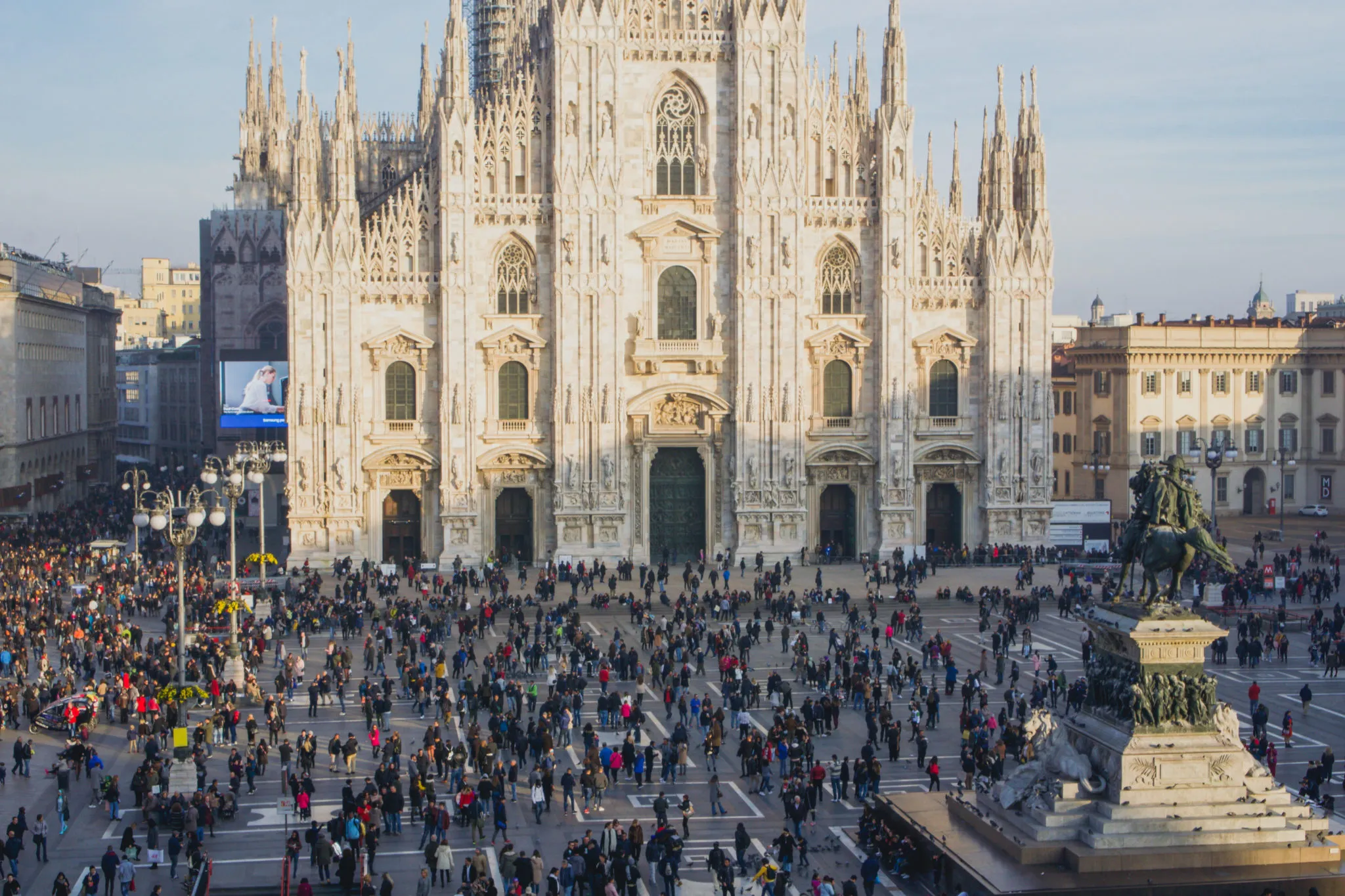
The square is Milan’s living room—meet under the spires, then wander the Galleria and nearby streets.
Events and daily life share the space with worship and heritage—be mindful and enjoy the mix.
Nearby icons and connections

Steps from the Galleria Vittorio Emanuele II and Teatro alla Scala; Sforza Castle and Brera are a pleasant walk.
Metro links take you quickly to Navigli, Porta Nuova and beyond—easy to pair the Duomo with other sights.
A symbol of Milan

The Duomo embodies Milan’s energy—craft, ambition and continuity in one soaring landmark.
Whether it’s your first time or your fiftieth, new details emerge in stone, glass and sky.